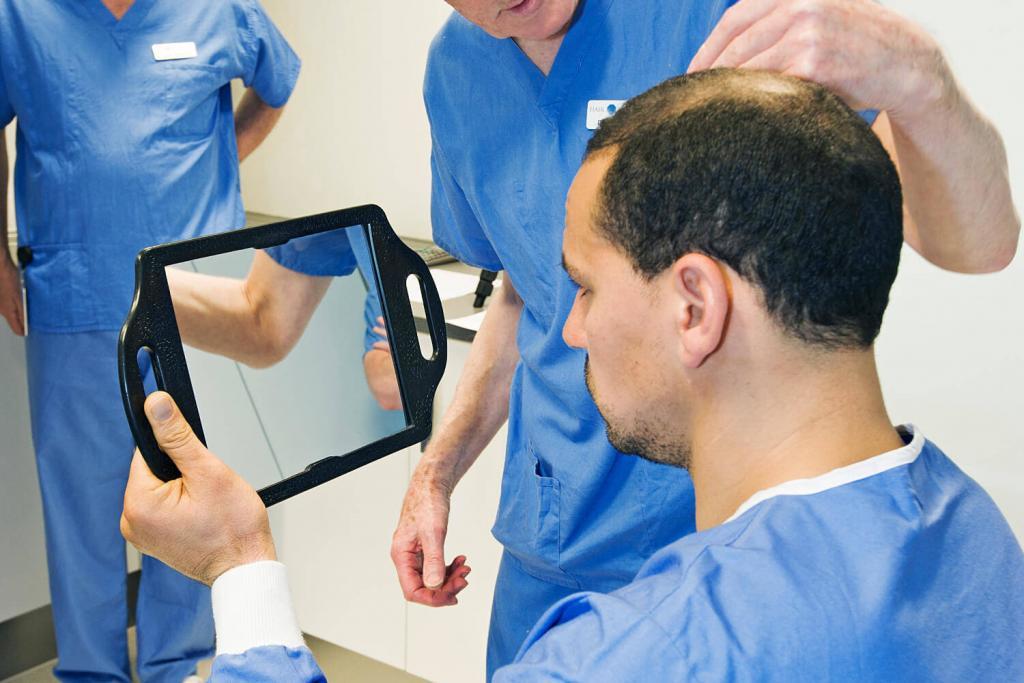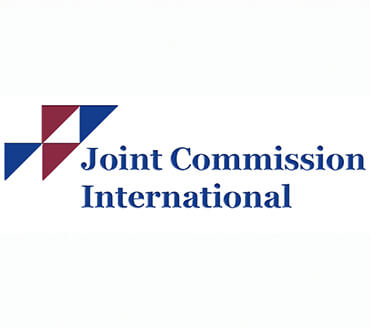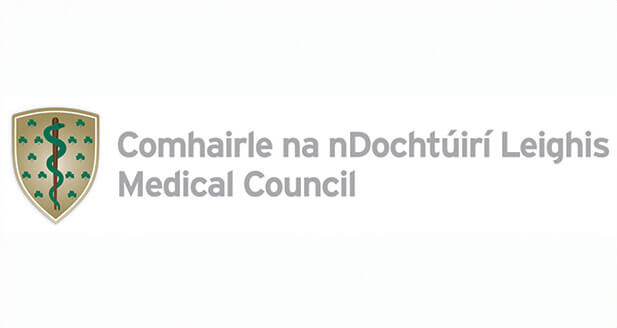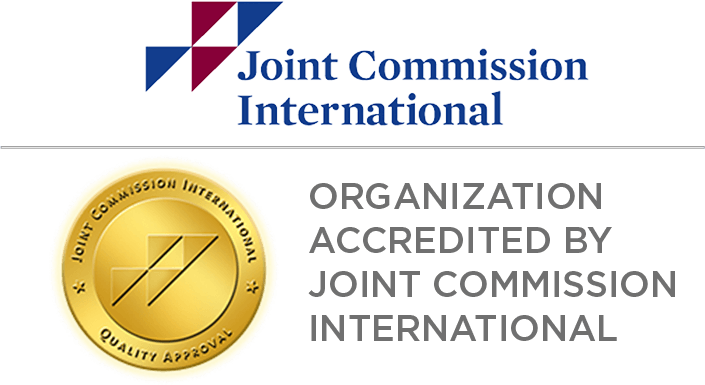Hair Transplant Design
A hair transplant is a permanent procedure; therefore it is vital that it looks natural. The key to a natural looking hair transplant is good hairline design. Careful design and planning is an essential part of the hair transplant process at HRBR. It is this careful planning and consultation with each patient that ensures that a hair transplant will look natural not only today but also into the future.
The hairline – where the person’s forehead meets their hair – is the part of the hair that is most noticeable, both to ourselves when looking in the mirror and by other people when out in public. If the hairline does not look natural, then the hair transplant will be noticed. A hair transplant should be seen, but never noticed. Any form of hair transplantation can result in poor hairlines if the ‘surgeon’ lacks an understanding of how a natural-looking hairline should be created.

Why Future Proofing the Design is Important.
Failing to consider future hair loss at the design stage can often leave patients with an unnatural and inappropriate look that becomes only more pronounced and more obvious as time passes. A patient suffering from pattern hair loss will continue to lose their non-transplanted hair throughout their lifetime. That’s a crucial factor to consider when it comes to designing a natural and undetectable hair transplant. This principle is at the core of our design approach. Our goal is always to design a hair transplant that will look natural regardless of patient’s future hair loss.
Hair Transplant Design at HRBR – What’s Involved.
At HRBR you will first discuss the design of your hair transplant when you meet with one of our qualified doctors. This design is then further developed when you return for your pre operative appointment with our nursing and technical staff. On the day of your procedure, the final stage of the design process takes place. This is where the final design is agreed on in consultation with you.
Hair Transplant Design – Things to Consider
When designing the hair transplant we take into consideration:
- The patient’s age
- The patients’ facial features and dimensions
- The amount of donor hair available
- Any potential future hair loss
Based on the above factors an outline is drawn that will form the new hairline.
How we Ensure a Natural Looking Hairline
Careful planning and consultation: At HRBR, the new hairline is agreed on by the consultant surgeon, the team of nurses and technicians and in consultation with the patient.
No straight lines: The best hairlines will reflect the surgeon’s ability to blend art with science to create a natural look for the patient.
Feathering zone: Small peaks and a feathering of hairs using smaller follicular units will be placed at the front it to give the hairline a completely natural appearance.
Direction when planting: Consideration is also given to the size and colour of the hair grafts being transplanted, as well as the angle, depth and spacing of the transplanted hairs to ensure they seamlessly blend into their new location.
When a hair transplant is well planned and designed to mimic nature the results can be superb. Most people will never know that a patient has undergone the procedure. As a result, for many men and women, a hair transplant can be a truly life-changing experience. In fact, the greatest compliment we receive from our patients following their procedure is that hair loss is something they no longer think about.
More Information
If you are considering hair transplant surgery – either at HRBR or elsewhere – be sure to discuss at length the construction of your new hairline with your hair restoration surgeon and their team. It is likely that it will be the hairline that will determine how satisfied (or otherwise) you will be with your investment, so take the time to ensure it is well thought out and designed.
To find out more about hair restoration treatment at HRBR contact us or call +353 01 2091000









